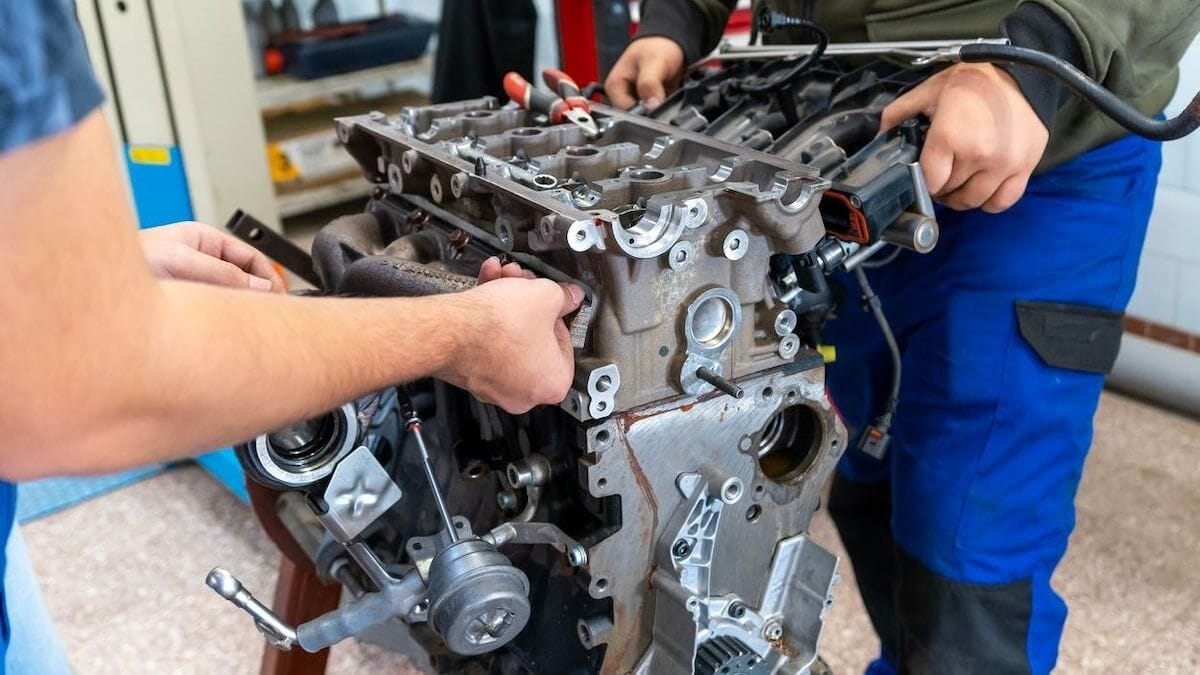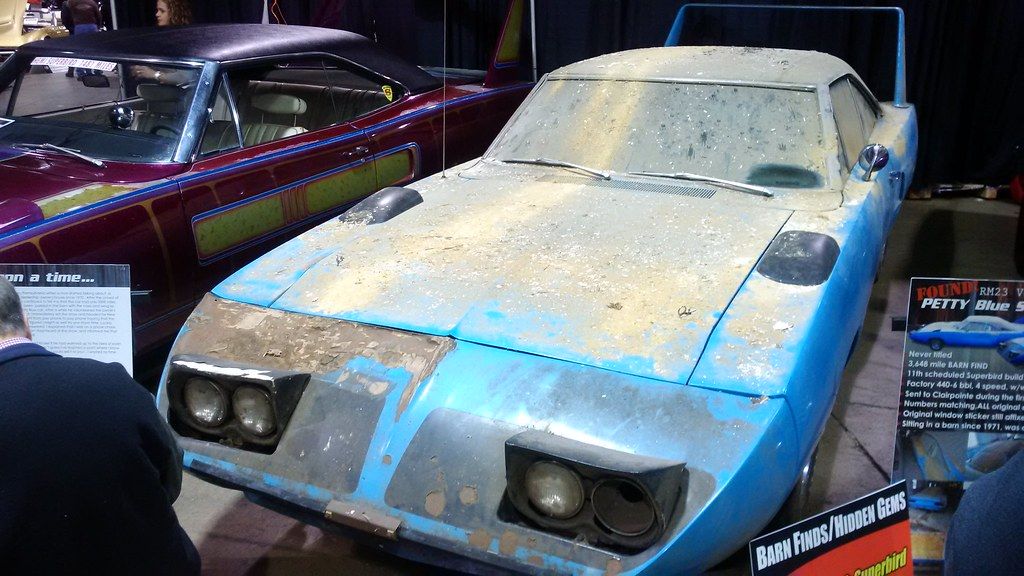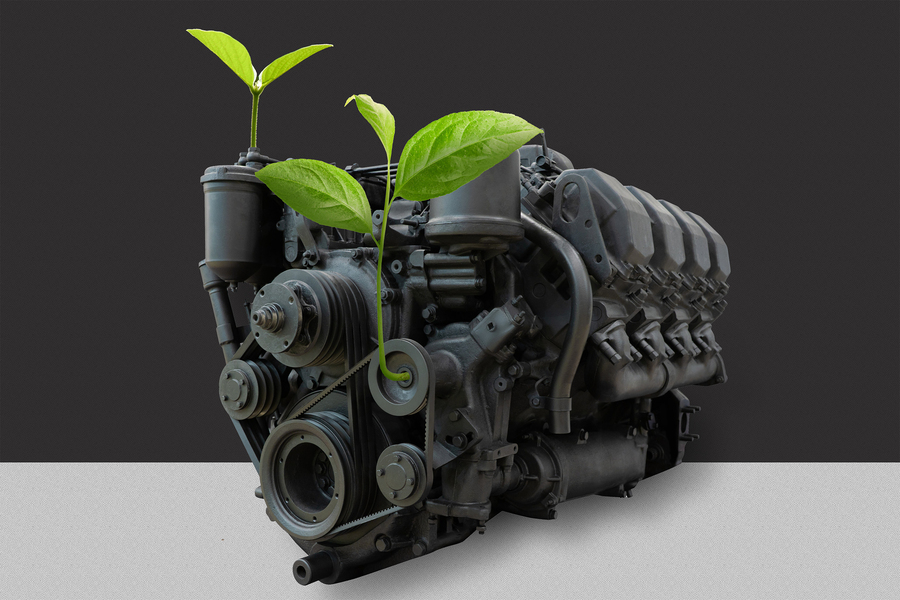
As the chill of winter truly settles in, a piece of automotive wisdom often surfaces, passed down through generations like a cherished family recipe: step outside, start your car’s engine, and let it idle for a good long while to warm it up before venturing out. It’s a ritual for many, a seemingly harmless act of kindness to your cold-weather commuter. Yet, here’s a crucial truth that might surprise many dedicated drivers: this common practice, far from prolonging your engine’s life, actually works against it, subtly stripping away vital lubrication and accelerating wear.
Modern cars, with their intricate electronic fuel injection systems and sophisticated sensors, are vastly different beasts from their carbureted predecessors. The advice to idle your car for extended periods stems from an era when carburetors struggled to achieve the right air-fuel mixture in cold conditions, making it difficult to drive under load without stalling. Today’s engines, however, are designed to warm up far more efficiently when driven gently, rather than when left to sit and idle. This distinction is not just about fuel economy; it’s about the very longevity of your engine’s critical components.
To ensure your beloved vehicle not only survives but thrives through the harshest winter months, it’s imperative to understand why this seemingly benign act of prolonged idling can be so damaging and what truly effective steps you can take. We’re diving deep into the mechanics, the environmental impact, and the essential proactive measures that will safeguard your engine, ensuring peace of mind and preventing costly repairs when temperatures plummet. Let’s get hands-on with real knowledge and practical solutions.
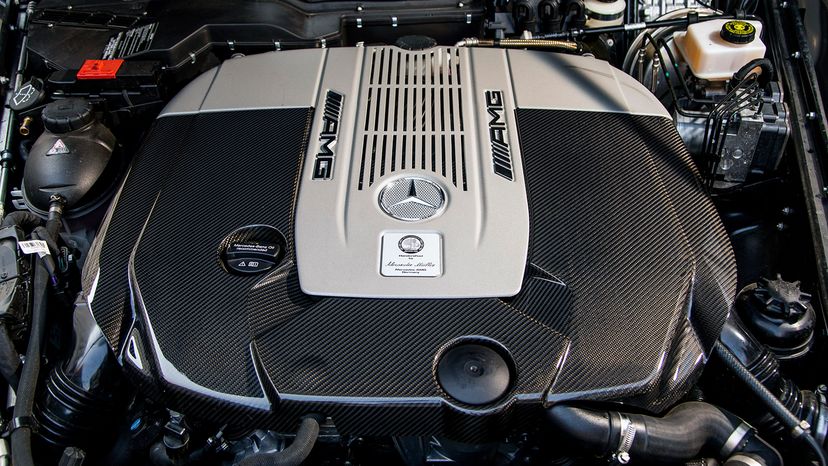
1. **The Myth of Long Idling: Why it Harms Your Modern Engine**The notion of letting your car idle extensively to warm up the engine is a deeply ingrained habit, a carryover from a bygone era of automotive engineering. Back when carbureted engines were king, this practice made sense. Carburetors are mechanical devices that mix gasoline and air to vaporize fuel, crucial for an engine to run. However, they lack the intelligent sensors that can dynamically adjust the fuel mixture based on external conditions, especially cold. To compensate, older cars used a mechanical “choke” system, temporarily restricting air intake to create a richer fuel mixture, which was crude but necessary to prevent stalling in cold weather.
Anyone who has driven a carbureted engine knows the challenge of driving it under load when the carb is choked. It’s easy to create an overly rich mixture that can foul spark plugs and lead to a rough, inefficient run. Thus, letting these older vehicles warm up for a significant period was a practical necessity. However, carbureted engines began to fade from the scene by the 1980s, replaced by electronic fuel injection (EFI) systems that are far more advanced and efficient. Modern cars equipped with EFI use a network of sensors to precisely adjust fuel consumption, ensuring the engine runs optimally from the moment it starts.
When a modern engine is cold, gasoline is naturally less prone to evaporate, which can disrupt the ideal air and vaporized fuel ratio needed for efficient combustion. This is where electronic fuel injection truly shines. Rather than relying on a crude mechanical choke, the EFI system’s sensors detect the cold conditions and intelligently compensate by injecting more gasoline into the mixture. This makes the engine run “richer” than usual, a necessary adjustment to ensure stable operation and prevent stalling until the engine’s temperature rises sufficiently, typically around 40 degrees Fahrenheit.
The critical issue arises when this rich mixture is maintained for an extended period, such as during prolonged idling. As Stephen Ciatti, a mechanical engineer specializing in combustion engines at the Argonne National Laboratory, explained to Business Insider, “That’s a problem because you’re actually putting extra fuel into the combustion chamber to make it burn and some of it can get onto the cylinder walls.” This excess gasoline, a powerful solvent, can then begin to wash away the lubricating oil from the cylinder walls. This seemingly minor action can have significant long-term consequences for your engine’s health, setting the stage for increased friction and wear in components that rely heavily on consistent lubrication.

2. **Understanding Fuel Wash: The Hidden Damage of Cold Idling**Delving deeper into the mechanics, the solvent properties of gasoline, and even diesel, become a significant concern during prolonged cold idling. While we rely on gasoline for combustion, its chemical nature as an “outstanding solvent” means it can, under certain conditions, act like a cleaning agent within your engine. The World Health Organization, for instance, notes that diesel is sometimes used as a solvent to clean engines, tanks, and refinery equipment. This highlights a crucial point: you absolutely do not want an excess of fuel washing through the intricate parts of your engine for an extended period, as it is designed for lubrication, not degreasing.
When your engine is cold, and the electronic fuel injection system enriches the fuel mixture to ensure it starts and runs, unburned or incompletely burned gasoline can indeed find its way past the piston rings and onto the cylinder walls. This is where the solvent action begins. The fuel, instead of providing power, starts to strip away the thin, protective film of lubricating oil that is essential for reducing friction between moving parts. This is what mechanical experts refer to as “fuel washing,” and it’s a silent destroyer of engine longevity.
The immediate consequence of fuel washing away the lubricating oil is a significant reduction in the operational life of crucial engine components. Parts like piston rings, which are responsible for sealing the combustion chamber and scraping oil from the cylinder walls, and the cylinder liners themselves, suffer immensely. These components rely on that microscopic layer of oil to glide smoothly against each other. When that lubrication is compromised by fuel, the increased metal-on-metal contact creates an exponential rise in friction.
This increased friction doesn’t just make your engine work harder; it directly leads to accelerated wear and tear. Over time, this cumulative damage can manifest as reduced engine performance, increased oil consumption, and, in the most severe cases, the premature failure and eventual destruction of vital engine components. So, while you might think you’re being kind to your car by letting it idle, you’re actually subjecting its inner workings to a corrosive bath that can significantly shorten its lifespan and lead to expensive repairs down the line. Avoiding prolonged idling is a simple yet profoundly effective way to prevent this insidious damage.

3. **Idling’s Environmental Toll: Fuel Waste and Emissions**If the mechanical damage caused by prolonged cold idling isn’t enough to convince you to change your winter routine, consider the significant environmental impact, along with the hit to your wallet. Remember the “richer” fuel mixture an engine runs when cold? This necessary adjustment, while aiding cold starts, has a direct and negative effect on fuel economy. When the engine is pumping more gasoline into the combustion chamber than it would at optimal temperature, it’s essentially burning more fuel for less effective work, transforming your vehicle into a temporary gas-guzzler.
To put this into perspective, National Resources Canada conducted an illuminating experiment that quantified this waste. They tested modern, non-carbureted cars by idling them at -18 degrees Celsius (just under 0 degrees Fahrenheit) before driving. The results were stark: cars that idled for only five minutes exhibited a 7 to 14 percent worse fuel economy than their non-idling counterparts. Those that idled for ten minutes fared even worse, showing a 12 to 19 percent reduction in fuel efficiency. This isn’t just a minor fluctuation; it’s a considerable amount of wasted fuel that adds up over a winter season, directly impacting your budget.
Beyond the individual cost, idling is a major contributor to air pollution. The U.S. Department of Energy estimates that personal vehicle idling, encompassing scenarios from warming up in the driveway to waiting in drive-thru lines and stop-and-go traffic, wastes an astounding three billion extra gallons of fuel each year. This colossal waste doesn’t just evaporate; it translates into the release of 30 million tons of carbon dioxide into the atmosphere annually. These figures highlight the widespread “scourge” of idling and its collective impact on air quality and climate change, demonstrating that even a few minutes of idling from countless vehicles can accumulate into a significant environmental burden.
Winter conditions exacerbate this issue, making idling even more detrimental to air quality. Cold air is inherently denser than warm air, which has a crucial effect on how pollutants disperse. As Accuweather notes, this denser cold air can trap smog and other particulate matter closer to the ground, preventing it from dissipating as easily. This means that the emissions from idling vehicles linger longer and closer to where people breathe, increasing health risks. Therefore, choosing not to idle your modern car for extended periods is not just a financially prudent decision that saves on fuel and repairs; it’s a responsible environmental act that contributes to cleaner air for everyone.

4. **The Essential Role of Antifreeze: Maintaining Optimal Levels**When preparing your vehicle for the onslaught of winter, few components are as critical as your antifreeze, sometimes more commonly known as coolant. This isn’t just any fluid; it’s the lifeblood of your engine’s thermal regulation system, playing an indispensable role in ensuring your engine operates within its optimal temperature range. Its primary function is a dual one: to absorb excessive heat generated by the engine during operation and to dispel it efficiently, all while possessing unique properties that prevent it from freezing solid in sub-zero conditions.
The consequence of neglecting your antifreeze levels or mixture during winter can be severe, potentially leading to catastrophic engine damage. If there isn’t enough coolant circulating, or if the water-to-antifreeze ratio is incorrect, the fluid can lose its ability to resist freezing. When water freezes, it expands with immense force. In your engine, this expansion can crack the engine block, rupture hoses, damage the radiator, and destroy the water pump, leading to incredibly costly repairs or even necessitating a complete engine replacement. The engine will also struggle to maintain a stable temperature, either overheating or failing to reach operating temperature, both of which are detrimental.
Maintaining the correct antifreeze level is a straightforward yet often overlooked task. You can regularly check your coolant level by observing the markings on the side of your coolant reservoir, typically located under the hood. Ensure the fluid falls between the “min” and “max” lines when the engine is cool. Equally important is verifying the proper mixture. Most vehicle manufacturers recommend a 50/50 blend of distilled water and antifreeze, as this ratio provides the optimal balance of freeze protection and heat transfer capabilities. Using a hydrometer, an inexpensive tool available at any auto parts store, can help you confirm your mixture’s integrity.
Topping off this vital fluid when it’s low is a quick fix, but it’s equally important to adhere to your vehicle’s maintenance schedule for a complete coolant flush and replacement. Over time, antifreeze can degrade, losing its protective additives and becoming less effective. A flush ensures that old, depleted fluid is replaced with fresh, protective coolant, giving your engine the best defense against the extreme cold. This proactive step can mean the difference between a reliable winter drive and a frustrating, expensive breakdown.
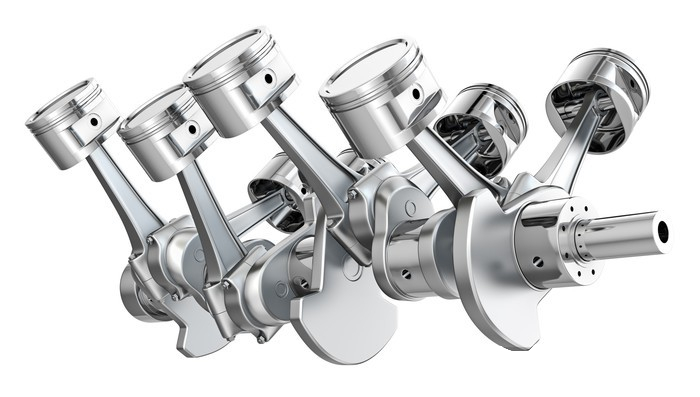
5. **Choosing the Right Lubrication: Winter Engine Oil Selection**Just as antifreeze protects your engine from the extremes of temperature, engine oil serves as its fundamental lifeblood, lubricating myriad moving parts to minimize friction and wear. However, the efficacy of engine oil is highly dependent on ambient temperature, and choosing the wrong type for winter can have profound and detrimental consequences for your engine’s health and longevity. When temperatures plummet, conventional engine oil naturally thickens, becoming more viscous, much like honey in a refrigerator.
This increase in viscosity makes it significantly harder for the oil pump to circulate the lubricant throughout the engine, especially during a cold start. Thickened oil struggles to reach critical components quickly, meaning that for those initial moments after ignition, parts like camshafts, bearings, and cylinder walls are operating with insufficient lubrication. This momentary deprivation of oil creates immense added strain on the engine, forcing it to work harder to push the sluggish fluid through narrow passages. The result is accelerated wear and tear, which, over time, can lead to premature engine failure and a drastically reduced lifespan for your vehicle.
The key to mitigating this issue lies in consulting your vehicle’s owner’s manual. This often-underestimated resource contains specific recommendations for engine oil type and viscosity grades, which frequently change depending on the prevailing climate conditions. Many manufacturers explicitly recommend switching to a lower-viscosity oil, or more commonly, a synthetic blend or full synthetic oil, for winter use. Synthetic oils are engineered to maintain their fluidity much better in colder temperatures compared to conventional mineral oils, offering superior flow characteristics and less resistance during cold starts.
Synthetic oil’s greater resistance to thickening in the cold means it can circulate more rapidly and effectively, providing almost instantaneous lubrication to vital engine parts even in sub-zero conditions. This reduces friction, lowers the strain on your engine during startup, and ultimately preserves the integrity of internal components. While synthetic oils might carry a slightly higher upfront cost, the investment is well worth it for the enhanced protection and extended engine life they provide in winter. Always double-check your manual for the exact specifications, as using an oil that doesn’t meet the manufacturer’s standards can inadvertently void warranties or cause unforeseen problems, even if it’s a synthetic option.
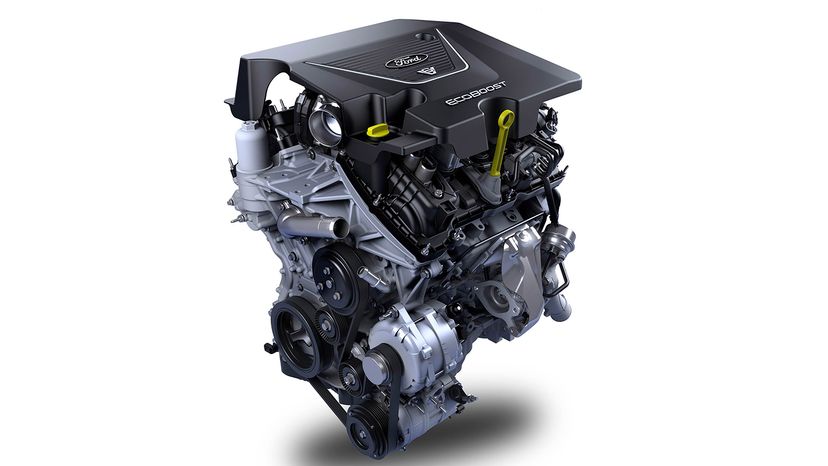
6. **Battery Health is Crucial: Keeping Your Power Source Strong**In the harsh grip of winter, your car’s battery transforms from a reliable power source into a vulnerable component, often succumbing to the relentless assault of freezing temperatures. The cold dramatically reduces a battery’s capacity to hold and deliver a charge, making it one of the most common culprits behind winter breakdowns. It’s a sobering fact that most lead-acid batteries can lose as much as 20% of their cranking power at just freezing temperatures (0°C or 32°F), a number that escalates rapidly as the mercury drops further. This reduced capacity means your battery struggles more to provide the surge of power needed to crank a cold, resistant engine.
To preemptively combat this winter weakness, it’s highly advisable to have your battery tested before the coldest months arrive. Many auto parts stores offer this service for free. A professional battery test can provide an accurate assessment of its current health, indicating its cold-cranking amps (CCA) and overall charge capacity. If the test reveals that your battery is nearing the end of its lifespan, typically three to five years, or shows significant degradation, proactively replacing it before severe cold hits is a wise investment that can save you from inconvenient and potentially dangerous roadside emergencies.
Beyond professional testing, regular maintenance can significantly extend your battery’s healthy life in cold conditions. One of the simplest yet most effective tasks is cleaning any corrosion that accumulates on the battery terminals. Corrosion, often appearing as a white or bluish powdery substance, acts as an insulator, impeding the flow of electrical current and reducing the battery’s efficiency. Using a wire brush and a baking soda-and-water solution can easily remove this buildup. Additionally, ensure that the battery cable connections are both tight and secure; loose connections can lead to intermittent power delivery and make starting your car a frustrating ordeal.
Despite the best preparations, winter weather can be unpredictable, and even a well-maintained battery can falter. For this reason, always keeping a set of high-quality jumper cables in your car’s emergency kit is non-negotiable. They are an essential tool for getting back on the road with the help of another vehicle. Furthermore, consider investing in a portable battery charger or jump starter. These compact devices are a fantastic last resort, offering the ability to self-jump-start your vehicle without relying on another car, providing an invaluable sense of security when you’re facing a frigid morning alone. These small steps in battery care can dramatically improve your winter driving confidence.

